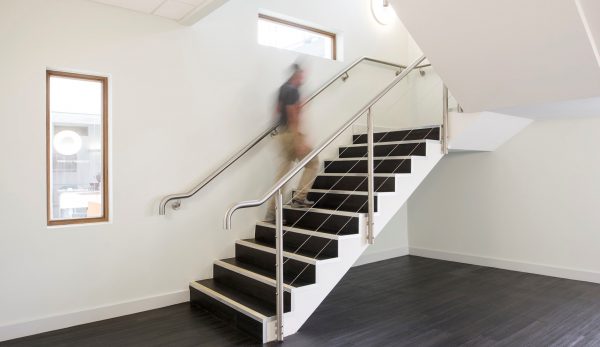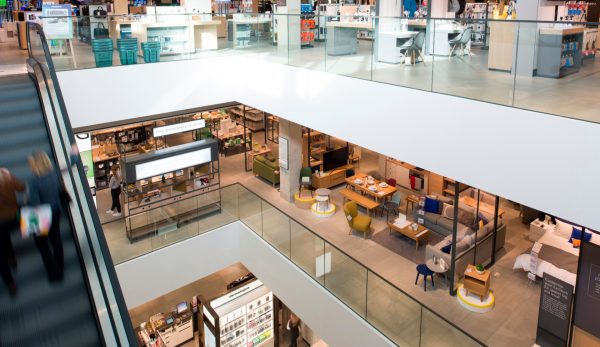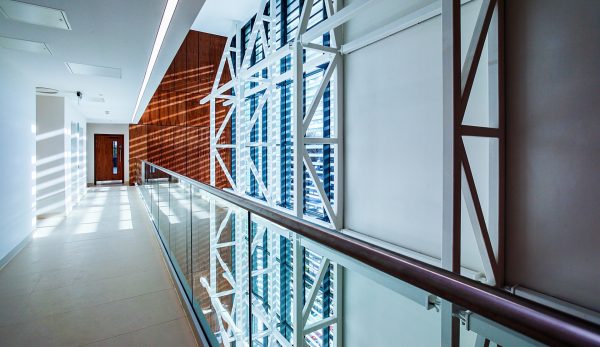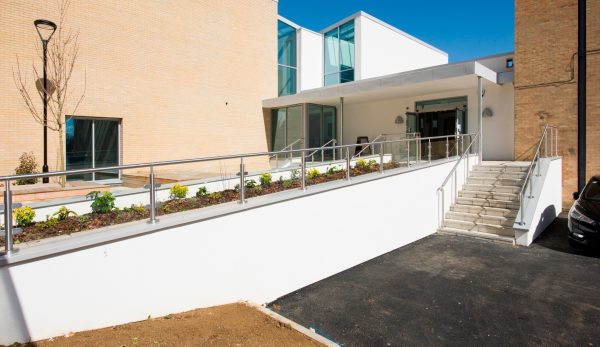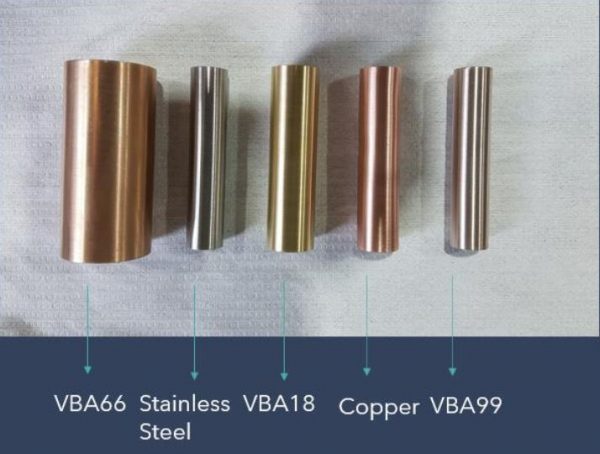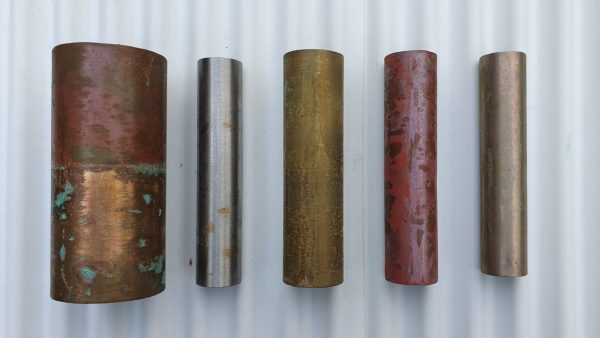The last 6-9 months have fast-tracked a multitude of developments of anti-microbial surfaces and coatings. Companies and research organisations have been scrambling to find every-day products that limit the spread of virus.
These include silver-ion based coatings and paints. They have been tested to varying degrees and some are advertised as anti-microbial but don’t have the scientific evidence to prove their ability to kill modern and aggressive virus strains, including SARS-CoV-2 (better known as Covid-19). Silver ion technology is known to be effective only on wet surfaces but has little or no effect on pathogens in dry conditions. Regardless of their uncertain anti-microbial properties, the challenge nonetheless is that they are simply a coating and therefore the surface itself is subject to wear-and-tear.
Another category that has been subject to extensive research is copper-based products. For many years, the anti-microbial properties of copper have been known about and researched. According a to biochemist and microbiologist at Durham University, Karrera Djoko, copper has the ability to release reactive ions that can puncture the external membrane of a germ when it comes in contact with the surface. This is enhanced by the fact that the metal itself performs this anti-microbial action and therefore the anti-microbial properties can’t be worn or scratched off. However, the constraining factor in specifying this product is often the overriding concern that the product will oxidise and tarnish over the years.
The technical team at BA Systems has been researching copper and its properties for many years to crack the conundrum – how do we bring a product to market that utilises the anti-microbial properties of the metal but doesn’t tarnish, wear or degrade over time?
Enter VBA99.
A copper-based alloy that maintains its pristine finish and does not oxidise or discolour like standard copper or brass does. The lightly brushed finish coordinates well with stainless steel on non-touch surfaces, but remains distinctive as a product that is safe to touch. To prove these credentials we conducted to key elements of testing:
- To put this product to the test, we firstly tested its anti-microbial properties on SARS-CoV-2 in a containment lab in the University of Southampton. This test, one of the first of its kind in Europe, provided clear data to prove that VBA99 killed 95% of the virus within 10 minutes of contact with the surface. The full report can be requested from our technical team on the contact form below.
- Secondly, it’s tarnish-free characteristics needed to be verified. We conducted an in-house sea water test to subject different metals to the harshest of corrosion conditions. The metal samples were immersed in sea water for 72 hours and the results analysed. The below image shows the before and after results of the test. VBA66, stainless steel, VBA18 and Copper all show significant signs of tarnishing and rust. In contrast, VBA99 showed no evidence of corrosion or rust on the surface and very little evidence of discolouring.
VBA99 proved the bold claim – a material that has remarkable anti-microbial properties and is tarnish-free and corrosion resistant.


